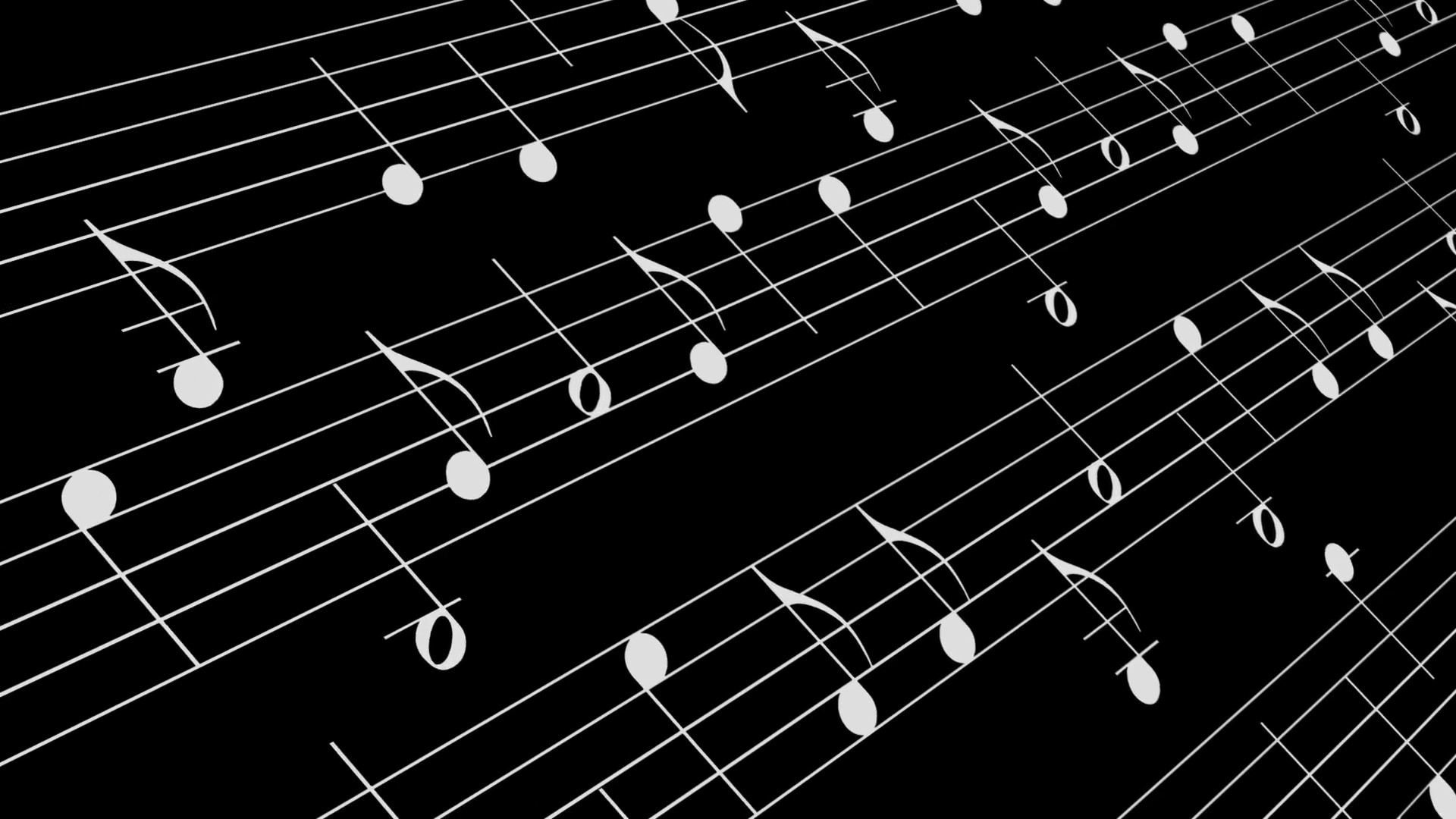Repeating spoken words is a technique familiar to music buffs — the rhythm of the repetition feels like a song. Now, scientists think they can explain why. It turns out it has to do with how our brains process language.
For a paper published today in the journal PLOS ONE, researchers used an auditory illusion called the speech-to-song illusion to investigate how rhythms emerge from repeated phrases. They think it has to do with how we interpret the language as words, and as syllables. When words are repeated, we stop paying as much attention to them, and our sense of the syllables’ beat takes over.
The speech-to-song illusion takes a string of words and plays them on a loop. Eventually, the words shift from sounding like speech to something with a beat, like music. It’s something musicians have been doing for a while: more than 50 years ago, composer Steve Reich spliced together a loop of a Pentecostal preacher saying “It’s gonna rain” to make the piece that started his career, according to NPR. “When you take a bit of speech like ‘It’s gonna rain,’ the way he says it, you really begin to hear the music of what he’s saying and what he says increasingly blended together so it’s hard to separate them,” Reich told NPR.
The same sort of thing happens when a beat emerges from the song “Pop. Six. Squish. Uh uh, Cicero, Lipschitz!” in the musical Chicago. And the repeated phrase “I want to love him, but what if he —” forms part of the beat for Raekwon’s Verbal Intercourse.
You can try it for yourself, says senior author Michael Vitevitch, a professor of psychology at The University of Kansas who’s investigating the illusion. Play the phrase “Letter-Muscle-Berry-Babble” once, and you should just hear the words.
Why does this happen? To find out, Vitevitch and his team played lists of words like “lever battle fury candle” and “gargle partner flutist lazy” for groups of around 30 students. They stripped away things like intonation from lists of words that might make it sound more like a song and grouped the words randomly instead of in a sentence. They also played the students lists with different numbers of words and syllables, and word lists in Spanish. The students were told to rank how song-like the word lists sounded.
Vitevitch found that the number of words and syllables made a difference: “There’s sort of a sweet spot of about four words,” he says. “Anything shorter than that not so much, anything longer than that not so much.” The illusion also worked across languages, according to the paper. People who didn’t speak Spanish still perceived a phrase recorded in Spanish as music-like.
Vitevitch suspects that what’s going on here is that our brains’ word-detectors get tired out: when words are repeated in a loop, we stop being as aware of them. Those word-detectors are sprinting muscles, he says. But our brains’ syllable-detectors keep going — those are like the endurance muscles of perception. “You still hear the words, but it’s more than a rhythmic kind of aspect of it really takes hold, so it’s more music-like than it was before.”
There’s still more to learn about this speech-to-song illusion, like why it works better for some people than others. For me, Vitevitch’s illusion gains a bit of a dance-beat when I listen to it over and over, but it’s not very dramatic. It sounds like someone is saying the words in a rhythm, but the rhythm isn’t very distinct. That could have something to do with how quickly the words are spoken, Vitevich says. If you think of these words- and syllable-detectors as muscles, Vitevich says, “word detectors and syllable detectors are going to have different fitness levels.” For different people, different speeds might help the beat emerge.
The team plans to investigate these questions in the future, using more auditory illusions as a window into how the brain processes sound. “These illusions give us a little glimpse into how much of the world we’re not getting, we’re not seeing, or we’re not hearing,” Vitevitch says. “They’re fun reminders of how fragile we are.”
Originally posted by THE VERGE


